If this bit is zero, then memory is addressed byte by byte? And if it is 1, then memory is addressed 4Kb by 4Kb?
So for example, if this bit was set to 0, and i addressed memory location a000h, then i would be addressing the byte at that location right? And if i addressed the next location a001h, then that would be the next byte up in memory right?
But if this bit was 1, will i be addressing 4Kb chunks?
So would addressing a000h give me a 4Kb chunk, and a001 the next 4Kb up in memory?
